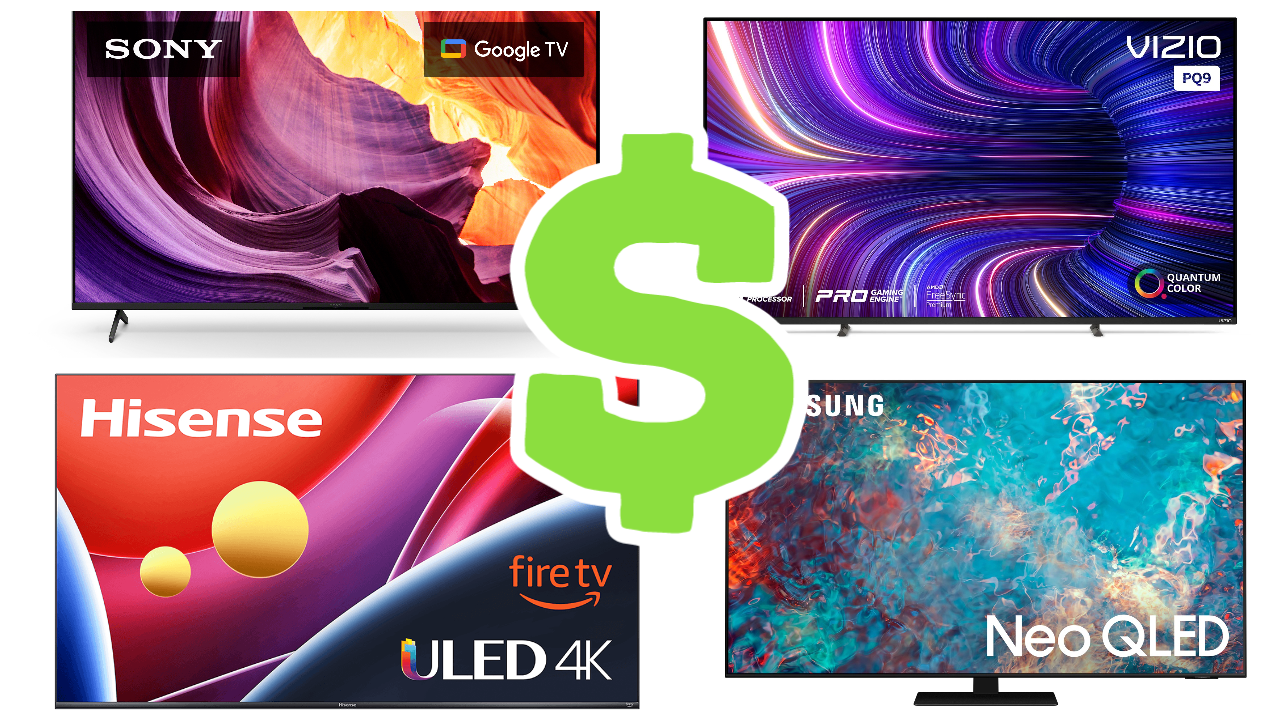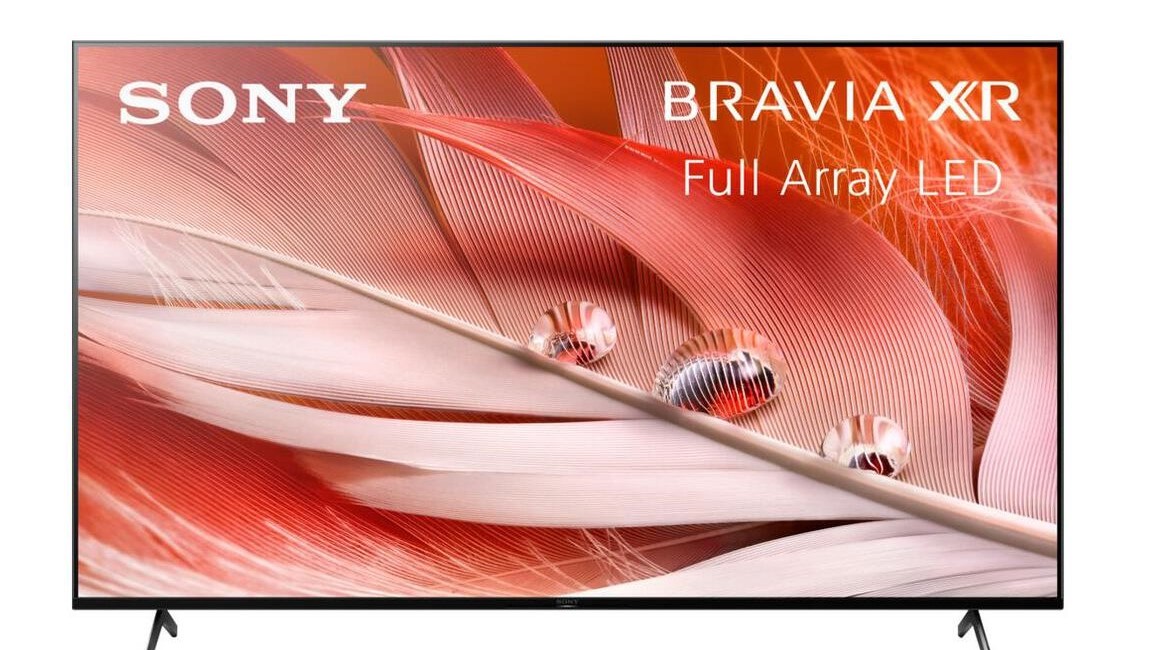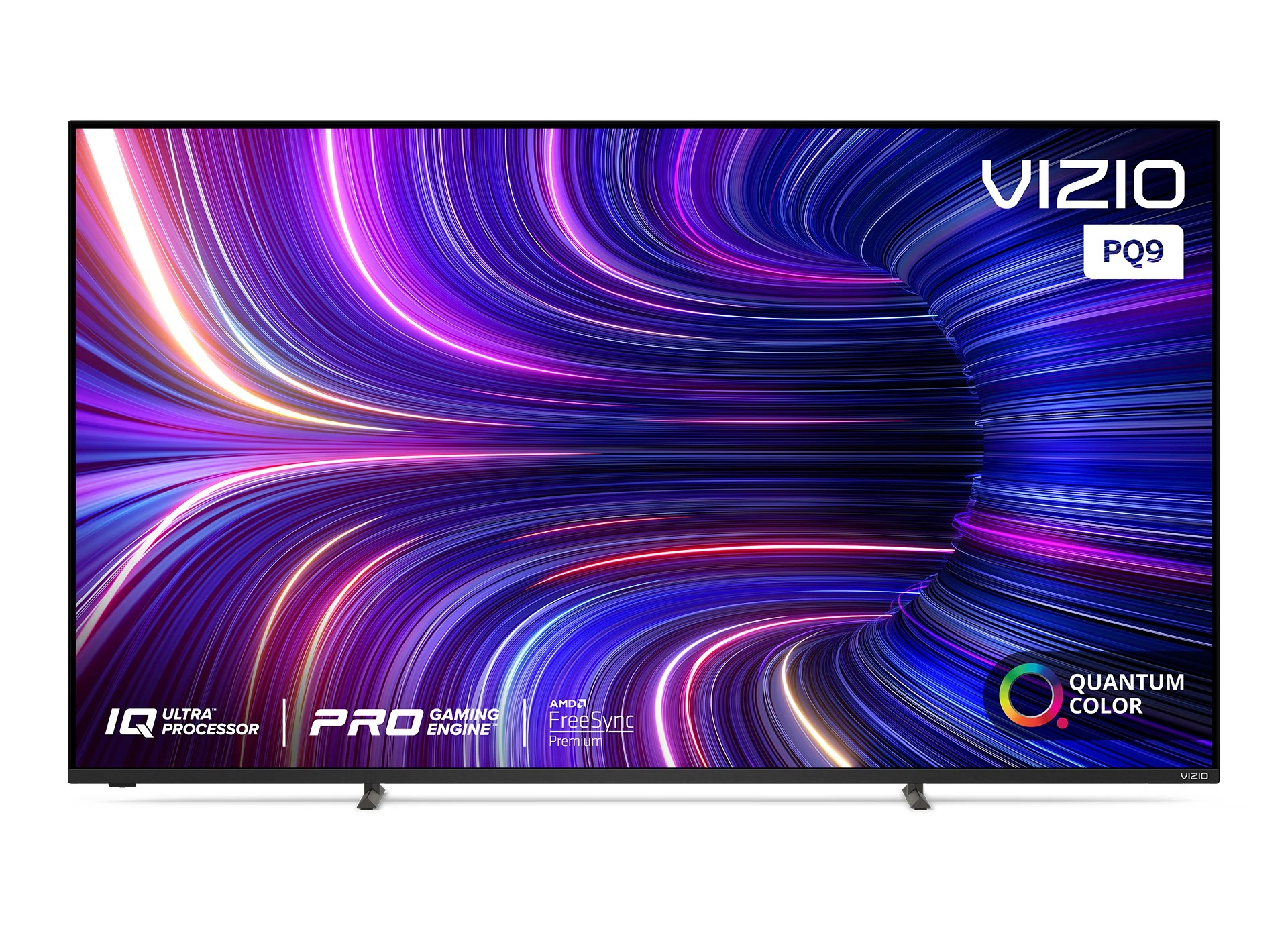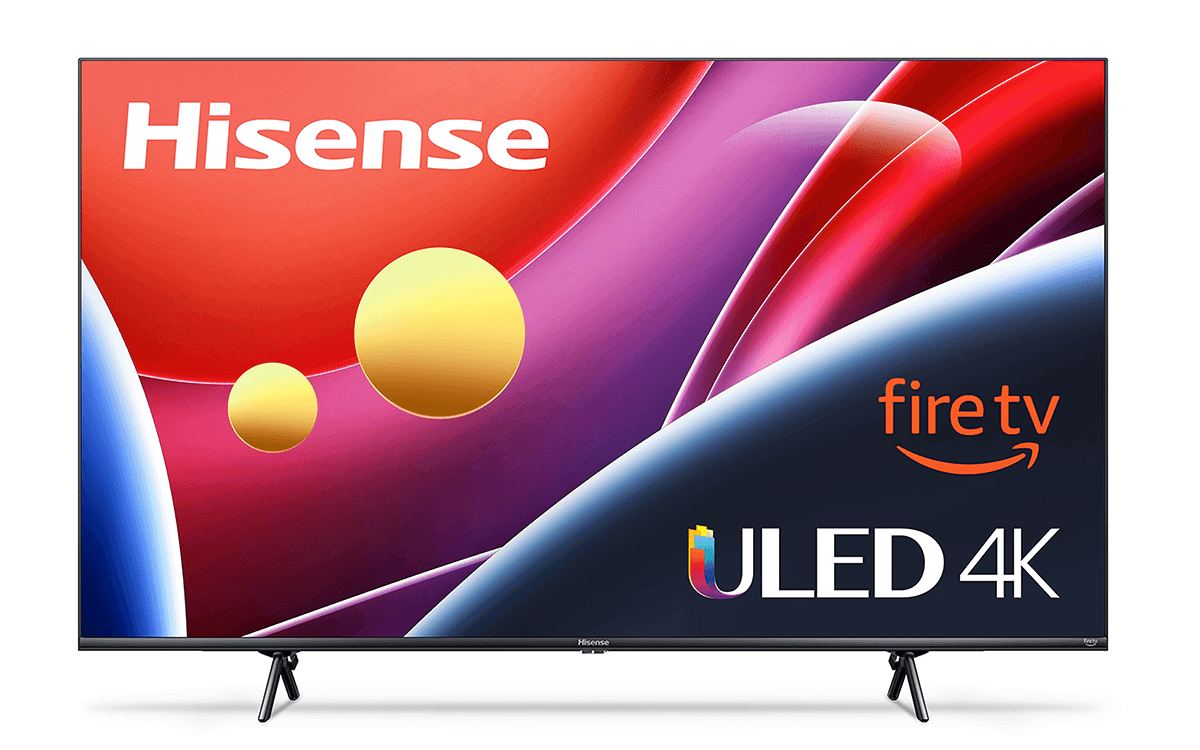8 tips for finding the best cheap 4K TV deal for you
A guide to the most important features to check for when buying a 4K TV on a tight budget

Anyone shopping for a 4K TV today will encounter a staggering mix of picture quality, features, and value, especially compared to sets from just five years ago. The best TVs today deliver excellent 4K image quality no matter whether you've got a bottomless wallet, or if you need to stick to a strict budget.
Flagship model from top brands such as LG, Sony, and Samsung now cost about half of what they did back then, and what used to be mid-range image tech is now available at ultra-low prices. And these days, affordable TVs incorporate many of the bleeding-edge developments introduced over the past few years – some of the best 120Hz TVs are low-cost and ideal for gaming fans, and even mini-LED TVs are starting to drop to reasonable prices, helping to narrow the gap between LCD TVs and the best OLED TVs.
And if you want to go even cheaper, you can – you can drop the more advanced features and spend tiny amounts on TVs with surprisingly great image quality. But we want to make sure you don't make any false economies, and that's what our tips here are for. We want you to spend wisely on a TV that has the features and quality to last you for years, so you don't spend a little now, and then spend twice as much in a year because you realize you missed on important features.
1. LCD TVs offer the best bang for buck
The best OLED TVs, and now QD-OLED, may attract the bulk of attention from tech media, but when it comes to the vast majority of TVs sold, LCD is where the action is at – a situation that’s likely to continue with set-makers for many years to come. The reason for this is simple: LCD TVs can be manufactured more cheaply, and that benefit gets passed on to the consumer.
Even though LCD TVs can mostly be considered cheap in comparison to their OLED counterparts, cheap in this case doesn’t have to mean poor quality, since affordable LCD TVs can provide many of the same bells and whistles found on premium models.
At minimum, most have a smart TV user interface for built-in streaming, either Google TV, Android TV, Roku, or proprietary ones likes LG’s webOS and Samsung’s Tizen. Many cheap sets also offer the ability to wirelessly “cast” video from a smartphone or tablet via Google’s Chromecast built-in or Apple’s AirPlay 2.
2. Look for full-array local dimming
LCD TVs are frequently called LED TVs due to the LED lamp modules used for the set’s backlight. (The individual pixels in OLED displays, in contrast, are self-emitting, so there’s no need for a separate backlight.)
Sign up for breaking news, reviews, opinion, top tech deals, and more.
Many cheap LCD/LED TVs simply locate the LED lamps at the edges of the display (edge-lit) or spread them across the back (direct-lit) with diffusers used to distribute light evenly across the screen.
Higher-quality LCD TVs, however, employ processing to separately address LED lamp clusters according to the overall brightness level of specific image “zones” using a technique called local dimming. This feature, which is highly effective in boosting the set’s overall contrast, particularly its ability to display a deep black, can be found on some lower-priced LCD TVs, so keep your eyes open for it.
3. Quantum Dots are good
While a full-array local dimming backlight is the number one feature anyone concerned with an LCD TV’s overall picture quality should look for, Quantum Dots (QD) is a close second.
Such sets are usually designated as QLED models by companies like Samsung or TCL that offer them, though sets from other makers like LG, Vizio, and Hisense also offer LCD models with Quantum Dots – but are often named slightly differently.
To sum up briefly, TVs employing this tech add a QD film enhancement layer to the LCD panel, the set’s LED backlight emits blue light, and that in turn energizes the QD particles, which emit red and green light to create a full-color image. The main benefit to QD tech is an expanded color gamut, which helps to bring out the rich range of hues contained in 4K high dynamic range (HDR) images.
4. Dolby Vision HDR is ideal on cheaper TVs
Dolby Vision is an HDR format that uses dynamic metadata to optimize picture quality on a scene-by-scene (or even a frame-by-frame) basis. This makes it a superior option to HDR10, which is provided as a default metadata option with 4K movies and TV shows and conveys only basic HDR information to the TV such as the maximum brightness level for the entire program.
Some budget sets may also feature HDR10+, a competing format that also uses dynamic metadata, though HDR10+ is much less commonly found on streaming services and Blu-ray discs.
But Dolby Vision has another useful feature: TVs with it can tell a video source (such as a streaming stick, or 4K Blu-ray player) which kind of brightness and contrast levels they can reach, and the video can be adjusted so that it better fits to what the TV is capable of. This is called 'tone mapping', and it helps make sure that cheaper TVs, which tend to be less bright than more expensive ones, still make the most of their HDR capabilities.
5. Get a 120Hz display if you can
TVs with a 120Hz refresh rate have an advantage over models with a standard 60Hz display in that they are better-equipped to deal with the 24 frames-per-second rate of motion picture films.
This all comes down to simple math: when displaying a 24-fps source, each frame is simply repeated 5 times to hit the TV’s 120Hz refresh rate (24 x 5 = 120). When a 60Hz TV displays a 24fps source, on the other hand, individual frames get duplicated unevenly, which can lead to a stuttering effect on movie scenes with quick motion or camera pans.
This helps movies to look more like they would at the cinema, without unnatural motion processing to make up for the stuttering.
6. HDMI 2.1 is valuable, if you can find it
TVs listing support for HDMI 2.1 in their specs may not provide every single feature offered for the new interconnection standard, but they should provide at least some that will specifically benefit gaming.
A key one is pass-through of 4K 120Hz video, which is supported by the latest game consoles and certain games. Other gaming-related features supported by HDMI 2.1 include Variable Refresh Rate (VRR) and Auto Low Latency Mode (ALLM), and there’s also Quick Media Switching (QMS), which prevents annoying screen blackouts by enabling sources to instantly switch frame rates.
7. Look for HDMI eARC
TVs that feature an HDMI port with eARC can route uncompressed high-resolution audio soundtracks back to a compatible soundbar or AV receiver. While the full benefit there will mainly apply to a 4K Blu-ray player plugged into the TV, HDMI eARC ports can also reliably route Dolby Atmos audio from the set’s built-in streaming apps to an external audio system.
8. Embrace last year's models
A final note for anyone seeking out a good TV deal: also check the previous year’s models, which should be available from retailers well into the new year and at deeply discounted prices. A good example is LG’s C1 OLED TV, which at present is selling for around $1,000 less than the company’s new C2 model. I saw both those sets side-by-side at a recent LG TV event, and the picture quality difference between the two struck me as being incredibly minor.
Bonus tip for US readers: get an ATSC 3.0 digital tuner
The new digital TV broadcast standard in the U.S., ATSC 3.0 (also known as NextGen TV), has been up and running for several years and is now available in over 40 markets reaching 50% of the population. NextGen TV brings with it several great benefits such as 4K-resolution video with high dynamic range and Dolby Atmos audio. Best of all, over-the air digital broadcasts can be accessed for free (with commercials, of course, just like free streaming services). To get them, you’ll need a TV with a built-in ATSC 3.0 digital tuner, which can be used with any digital TV antenna. While these have so far been limited to models from premium brands like Sony, Samsung, and LG, more value-oriented makers like Hisense have also recently introduced inexpensive ATSC 3.0-capable sets.
TechRadar's budget TV picks
Here are a few examples of new sets that check off several boxes on our cheap TV shopping list:

Samsung 55-inch QN85A Neo QLED 4K TV
With a full-array mini-LED backlight plus quantum dots, this 2021 Samsung TV should deliver the goods on the picture quality front. Each of its 4 HDMI 2.1 inputs support 4K/120Hz video, and there’s also HDMI eARC for an Atmos soundbar hookup.

Sony 55-inch XR-55X90J 4K LED TV
Sony’s 55-inch X90J series model from 2021 is packed with desirable features such as a full-array local dimming backlight and HDMI 2.1 ports with 4K 120 Hz, ALLM, VRR, and eARC. Add in Dolby Vision HDR and an ATSC 3.0 digital TV tuner and the 55X90J makes for a compelling option at its current price.

Vizio 65-Inch P65Q9-J01 P-Series 4K TV
This budget Vizio 2022 model was first introduced in 2021 (Vizio is always one year ahead of us), and is equipped with many high-end features picture-quality conscious viewers would typically seek out. Among them is a full array local dimming backlight, Dolby Vision and HDR10+ support, 4K/120Hz input, and FreeSync Premium. It also features both Chromecast built-in and AirPlay 2.

Hisense 50-Inch U6 Series 4K QLED (50U6HF, $529)
Brand new for 2022, this offering from budget-brand Hisense combines full array local dimming with Quantum Dots and both Dolby Vision and HDR10+. Its HDMI 2.1 inputs support ALLM and Variable Refresh Rate (VRR) and it has a built-in Amazon Fire TV smart interface. At present, the 50U6HF is only available with a 50-inch screen but here’s hoping it will expand to bigger sizes.

Al Griffin has been writing about and reviewing A/V tech since the days LaserDiscs roamed the earth, and was previously the editor of Sound & Vision magazine.
When not reviewing the latest and greatest gear or watching movies at home, he can usually be found out and about on a bike.